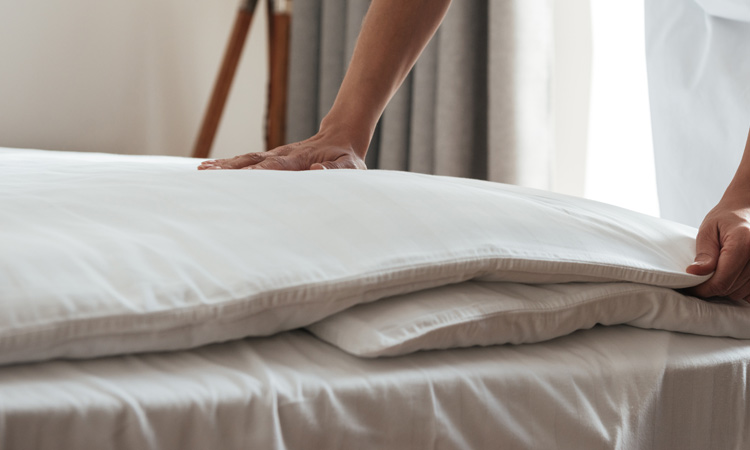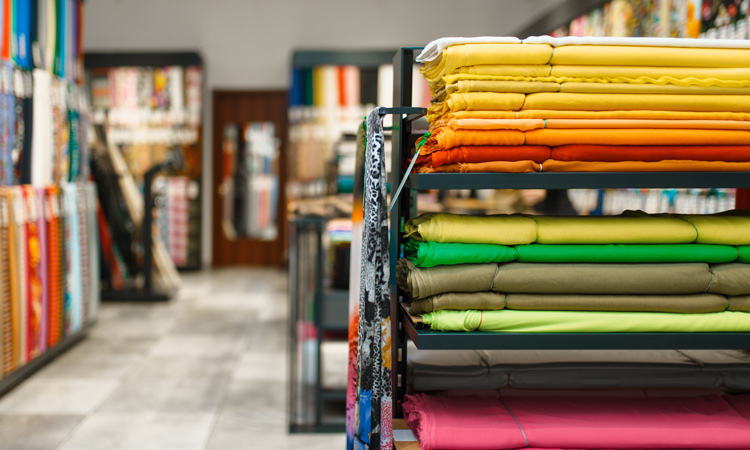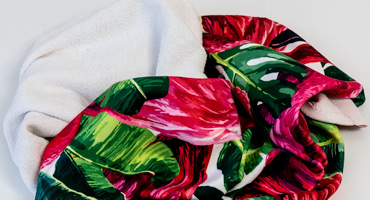Fabrics made from natural fibers, such as cotton, linen, and silk, are more prone to shrinking, especially if they have not been pre-shrunk during the finishing process. The stretching process that the fabric undergoes also directly affects its shrinkage. What is the process of fabric shrinkage? Simply put, shrinkage is a change in the dimensions of a specific fabric; it can either be a reduction in the original dimensions of the fabric or sometimes even an increase. Either way, this change affects the length, width, or thickness of the fabric. Shrinkage can also cause distortion of decorative stitching or pull-and-hang syndrome. How to prevent this?
The solution to this problem may be the use of fabrics made of synthetic fibers, such as polyester or nylon. These fabrics will not be subject to the shrinkage process. But what to do in the case when we cannot or simply do not want to use synthetic fabrics? Here, a technological process called sanforization comes to the rescue.

What is sanforization?
Sanforizing is a mechanical finishing process used to treat textile fabrics to prevent normal dimensional changes, commonly known as shrinkage. This process is also called anti-shrink finishing. Sanforizing is mainly used on cotton fabrics, as well as some other fabrics made from natural fibers. This treatment is done before the fabric is cut and sewn to prevent shrinkage after the final product is washed. It involves stretching, shrinking, and securing the fabric both lengthwise and widthwise. During this process, the fabric is fed into a sanitizing machine, where it is usually treated with water (or steam) to increase shrinkage, and then pressed against a heated elastic band to relax and re-shrink the fibers. In simple terms, sanforizing is the stretching and manipulation of fabric before washing.

What should you remember when choosing a fabric?
First of all, the fiber content in the fabric, the type of weave and the production process determine its shrinkage or stretch quality. Woven materials are much more susceptible to shrinkage than their knitted counterparts. In addition, what we wrote about earlier. Fabrics made of natural fibers will be more susceptible to shrinkage than their synthetic counterparts. Unless they are subjected to the sanforization process. So, if we do not want to be disappointed some time after buying, for example, bedding, let's try to choose those that have information about sanforization on the label.






